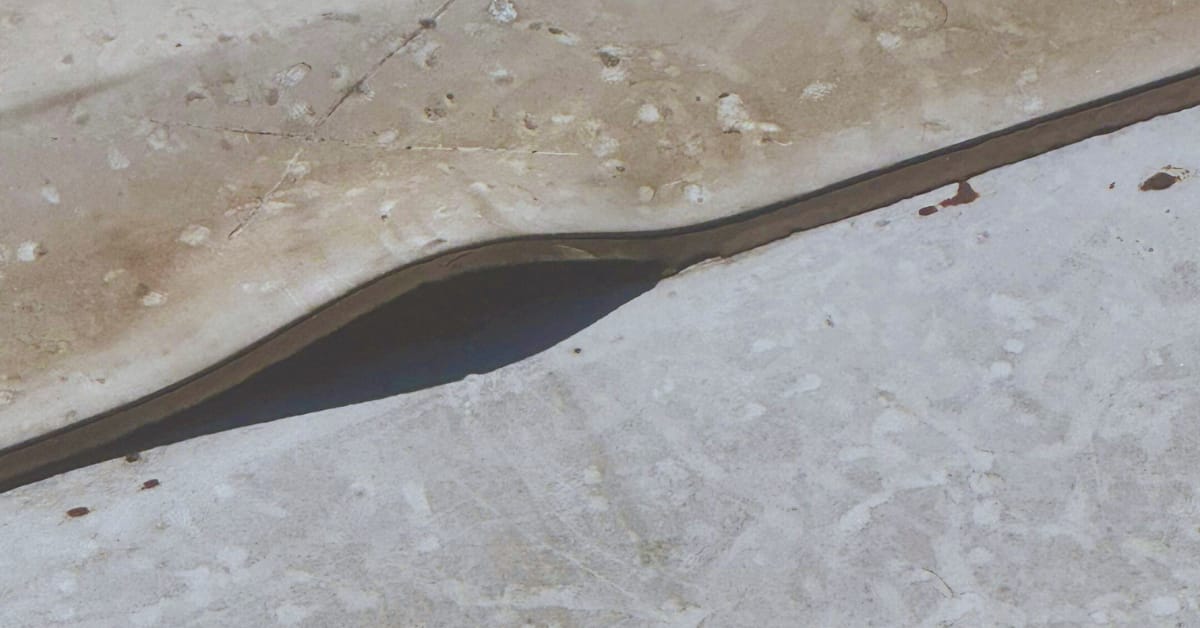-
Sealants protect the small but critical gaps around chimneys, skylights, and flashing.
-
The right type of sealant for your roof depends on adhesion, UV and water resistance, flexibility, and cure time.
-
In Texas, where sun and storms are tough on materials, sealants wear out faster, so proper selection and timely replacement are your best bet to prevent leaks.
Texas roofs take more punishment than most, from big temperature fluctuations causing materials to warp and crack to hail and windstorms puncturing shingles. But leaks don’t just come from compromised shingles. They also start in the “joints,” that space where roof materials meet brick, such as where a vent pipe comes through the roof or where flashing tucks under shingles.
If there’s an opening, water will find it. And that’s why sealant is so important. It’s supposed to close those gaps and keep water out. For most homeowners, the problem isn’t that their joints aren’t sealed, but that the wrong type of sealant has been chosen or it has been worn down. When the wrong product is used, or when old caulk is left to crack and peel, water finds its way in.
That can lead to a slow leak, running down into the attic, staining ceilings, and rotting wood before you even notice. I’ve seen this a lot, and over the years, I’ve learned to judge sealant by four simple factors:
-
Adhesion: A sealant has to grip the surface it’s applied to. Asphalt shingles, metal flashing, brick, and concrete all behave differently. If the product doesn’t bond well, it will peel back and leave a pathway for water. So contractors, DIY-ers, and curious homeowners should know which sealant is best for their roof material.
-
UV and Water Resistance: The Texas sun can break down weak caulks fast. Add in standing water after a storm and cold snaps, and you can expect failure even faster. Good sealants are built to withstand the conditions you’re in. So, always check UV and water resistance.
-
Flexibility: Roofs move around more than you might expect. This happens with fluctuations in temperatures, which cause roof materials to expand or contract. That means sealant that’s too rigid will crack during your roof’s natural movement. So, sealant flexibility is another big factor.
-
Cure Time: Just because it’s dry to the touch doesn’t mean it’s “cured.” Some products need days to set before they can withstand rain or be painted over. If the sealant hasn’t fully cured, then pinholes and bubbles that weaken the seal can form.
Lifespan and Signs of Failure
It only takes one missed line of caulk around a vent or chimney to let water in, so it really isn’t a stretch to say that a $10 tube used incorrectly can lead to thousands in repairs inside the home. That’s why it’s worth asking a simple question before any roofing job: “What sealant are you using, and why?” The answer tells you whether the contractor knows what they’re doing, which is especially important in Texas’ unregulated roofing market
But even a good sealant applied properly won’t last forever. Depending on the type of sealant used, life expectancy can range from 5 to 20 years, but in Texas, you can usually count on the shorter end. That makes inspections important. A routine check will typically look for:
-
Small cracks or splits running along flashing.
-
Beads that have pulled back from the surface.
-
Signs of bubbling, chalking, or peeling.
Fixing the problem typically won’t require scraping every joint clean and starting over. A roofer will often remove the loose or cracked sections and apply fresh sealant over what’s still bonded. Done properly, the new bead ties into both the roof surface and the sound old material to make a seal.
We’re Here to Help
Need more information? If you have any questions or need assistance with damage, contact DFW Roofers at (469) 751-4018 or schedule an appointment through our online appointment form.


